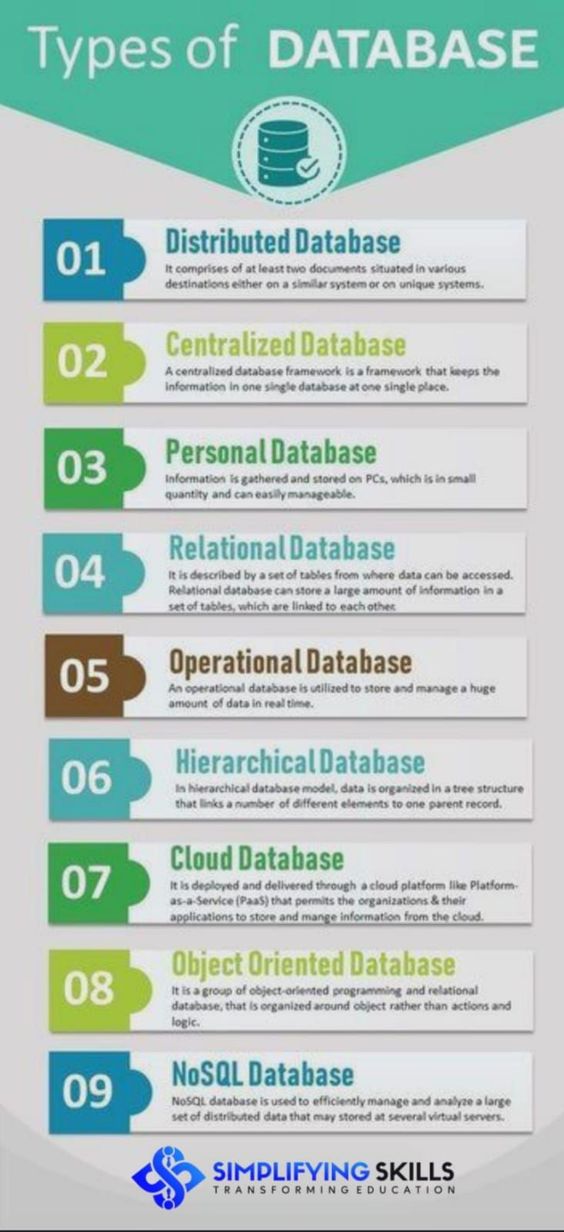A database analyst is responsible for analyzing data, identifying trends, and presenting insights to help organizations make informed decisions. To become a successful database analyst, you need to have a strong understanding of database management systems, data analysis techniques, and data visualization tools. In this article, we will discuss the roadmap to becoming a successful database analyst.
Understanding Database Fundamentals
To become a successful database analyst, it is essential to have a strong understanding of database fundamentals. This includes understanding the different types of databases, data models, normalization techniques, and query optimization. You need to know how to access and extract data from databases effectively.
We Recommend the Following FREE Courses:
Oracle SQL Basics
Developing Applications with SQL, Databases, and Django
Learning SQL
SQL is a query language used to manage relational databases. As a database analyst, you need to have a strong understanding of SQL and know how to use it to extract and analyze data effectively. This includes querying databases, joining tables, and using aggregation functions.
We Recommend the Following FREE Courses:
Oracle SQL Basics
Developing Applications with SQL, Databases, and Django
Data Analysis Techniques
Data analysis techniques are used to identify patterns, relationships, and trends in data. As a database analyst, you need to have a strong understanding of data analysis techniques and know how to use them to analyze and interpret data effectively. This includes statistical analysis, data mining, and machine learning.
Data Visualization Tools
Data visualization tools are used to present data in a visual format that is easy to understand. As a database analyst, you need to have a strong understanding of data visualization tools and know how to use them to create meaningful visualizations. This includes tools like Tableau, Power BI, and Excel.
We recommend the following courses to build strong visualization knowledge
- Data Visualization using dplyr and ggplot2 in R( If you like R)
- Data Visualization using Plotly
- Time Series Data Visualization And Analysis
- Data Visualization with Python
- Create Beautiful Data Visualizations with Python
We also suggest the following courses to learn SQL:
- Data Manipulation and Management using MYSQL
- Combine Multiple Pieces of Data in SQL
- Database Design and Basic SQL in PostgreSQL
Business Analysis
Business analysis involves understanding business requirements and using data to support decision-making. As a database analyst, you need to have a strong understanding of business analysis and know how to use data to support business decisions. This includes working closely with stakeholders to understand their requirements and presenting insights to support decision-making.
Introduction to Business Analysis
Business Analysis & Process Management
Database Management Systems (DBMS)
A database management system (DBMS) is software that manages the storage, organization, and retrieval of data in a database. As a database analyst, you need to have a strong understanding of DBMS and know how to use it to access and extract data effectively.
We Recommend the following FREE Courses:
Fundamentals of Database Systems
Fundamentals of Big Data
Fundamentals of Data Warehousing
Continuous Learning
Data analysis is a constantly evolving field, and as a database analyst, you need to keep up with the latest trends and technologies. Continuous learning is essential for staying up-to-date with new data analysis techniques, data visualization tools, and DBMS.


